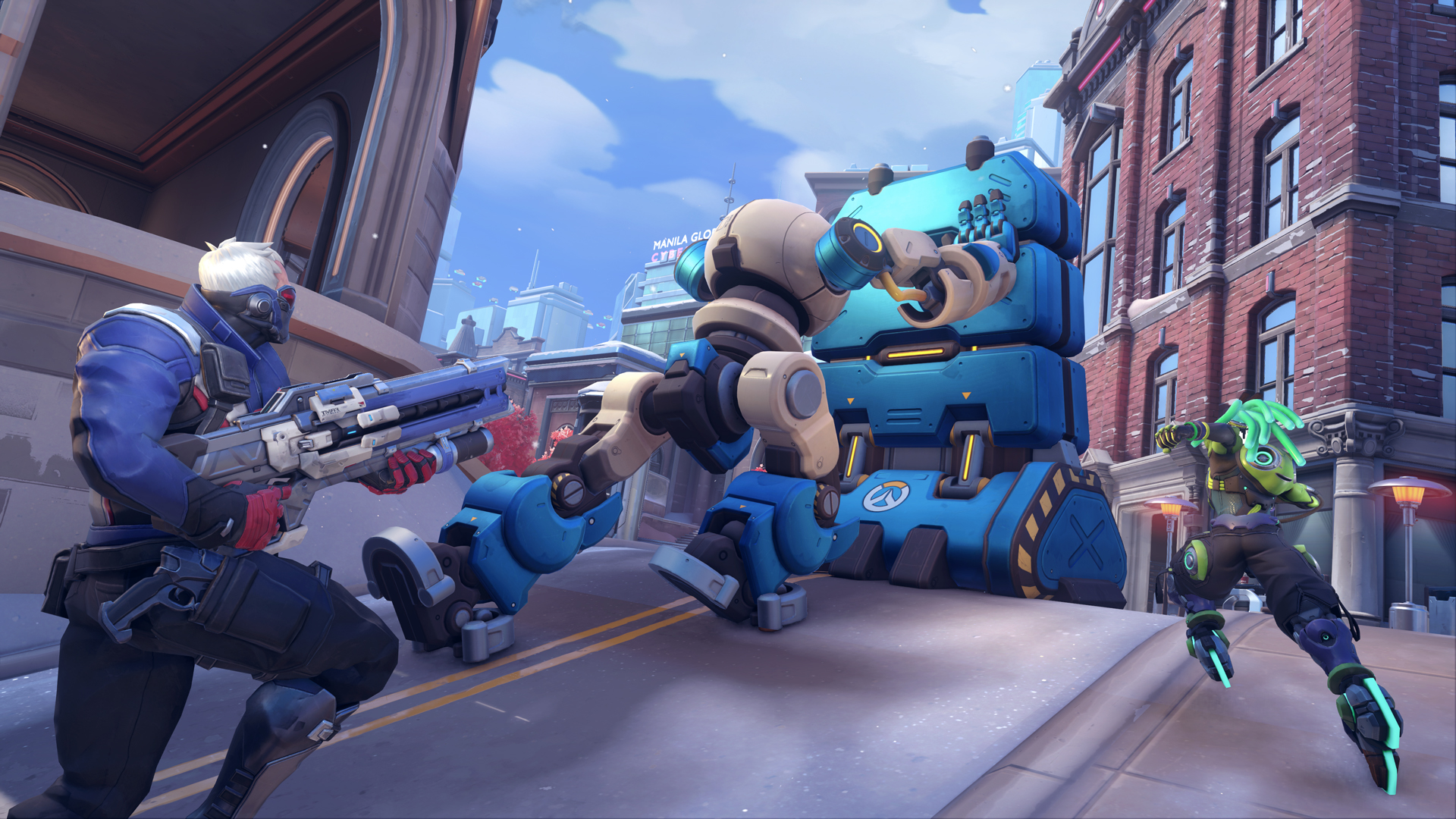
Overwatch 2 is an unconventional sequel being built by a studio known for working in untraditional ways. Through 30 years of game creation, Blizzard Entertainment has transformed itself from an outfit known for making fun arcade racing games to the masters of maintaining live servers. But when you hear the team talk about what it is trying to achieve with Overwatch 2, it's difficult to push past the feeling that it has taken on one of the most ambitious undertakings in company history.
"Our goal is for Overwatch 2 to be the worthy successor to the first game," says game director Jeff Kaplan, speaking from BlizzCon Online. "We really want Overwatch 2 to feel like the next evolution – a true sequel to the first game. It's not an add-on, and it's not just an extension of the original game. It's an evolution and a replacement to the original game. I think that's exciting."
Changing with the times
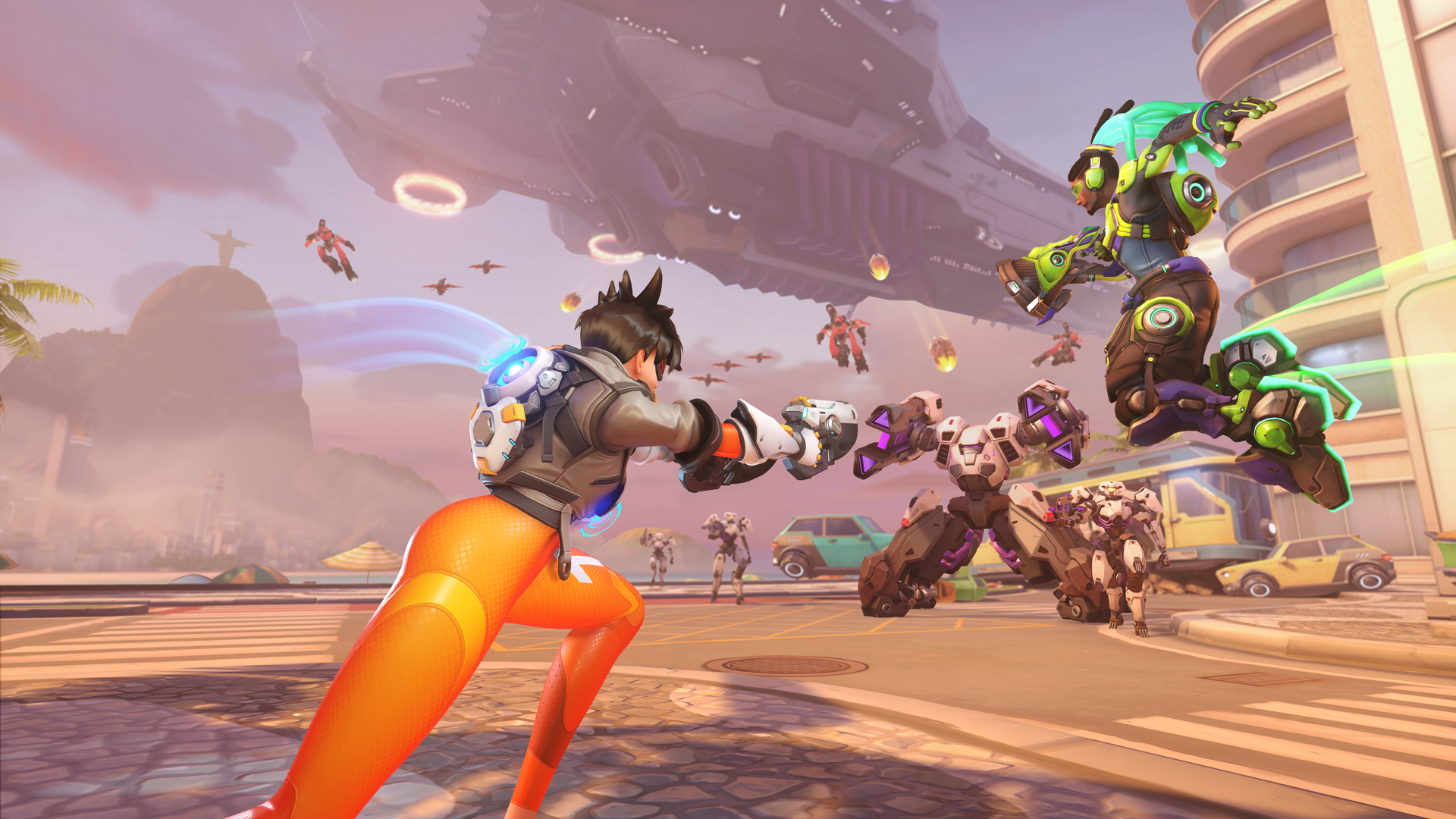
"One thing that I find really interesting about the PvP in Overwatch 2 is some of the philosophical changes we're making to the approach"
Jeff Kaplan, game director
Much has changed since Overwatch released in May 2016. The landscape of the industry has changed around Blizzard, and aspects of the shooter genre have been irreversibly altered in response to the cadence of Overwatch's action and the balanced interplay between its cast of beloved hero characters. That makes the prospect of Overwatch 2 exciting, as Kaplan asserts, but it's also an endeavour with risk built-in.
Through its experience maintaining servers and managing expansions of Diablo, StarCraft, and World of Warcraft over the last two decades, Blizzard knows the importance of keeping a player base together, that fraying the edges of a community can not only be disruptive but destructive. That's why the player versus player aspect of Overwatch – regardless of whether you're playing the original release of the sequel – will remain connected, the two audiences converging on a shared live server to enjoy competitive play together.
The maps, modes, and heroes introduced in Overwatch 2 at launch will be available to Overwatch players too. Progression and cosmetic unlocks will be shared between the games. The alterations made to the underlying technology, mechanics, and systems for the sequel will be reflected in the original game too, by necessity. Kaplan says that it is treating Overwatch 2 as an opportunity to evolve, iterate, and refine the fundamentals. "One thing that I find really interesting about the PvP in Overwatch 2 is some of the philosophical changes we're making to the approach."
Blizzard believes that a sequel gives the team a permission structure to make big changes, even in the eyes of players who may have invested hundreds (if not thousands) of hours into the Overwatch ecosystem. It means that while PvP will be a shared experience between Overwatch and Overwatch 2 players, every one of them will need to spend time understanding the new meta and learning how to best utilise it. "PvP feels different and new," adds audio director Scott Lawlor. "The roles are playing differently, and it's a pretty big departure from where we are on Live [servers]."
Know your role
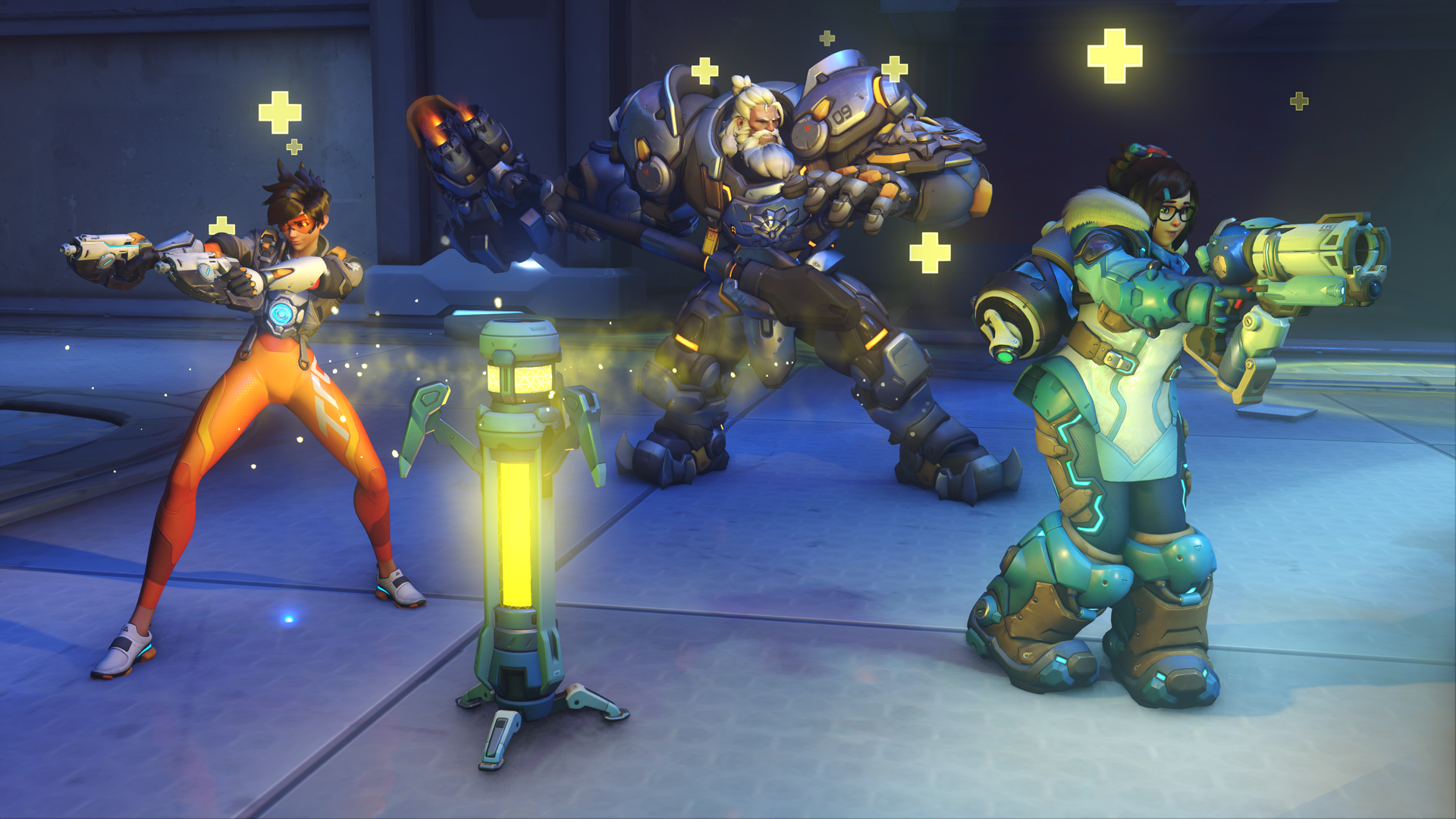
"Overwatch 2 is probably the largest opportunity we've had since the inception of the franchise to expand what Overwatch means to our players," Kaplan continues, in a statement that represents the core drive behind the sequel. Even with Blizzard introducing more story content, player versus environment scenarios, and a host of technology changes behind the scenes, this design philosophy has sweeping ramifications to PvP.
Sign up to the GamesRadar+ Newsletter
Weekly digests, tales from the communities you love, and more
Combat in Overwatch is a tug-of-war between three archetypal hero types: Tank, Damage, and Support. Blizzard is going back to basics and rethinking how each class handles and functions. "One of the more shocking changes that we've been exploring in Overwatch 2 PvP is a change to the tank role entirely," says Kaplan. "We want to make them more toe-to-toe brawlers, and less characters that stand back and protect other people."
Eagle-eyed Reinhardt mains may have caught a glimpse of some of the proposed Overwatch 2 changes already. The armor-clad tank is being positioned as a faster and more aggressive nuisance, redesigned to rip holes in enemy frontlines to give friendly DPS and Support heroes time to get into position. "The changes to Reinhardt that we're trying right now," says Kaplan, with an emphasis on the 'trying' to stress that these changes may not ship in the live game, "is to embrace more of that instinct that players have when they want to play as a big burly character; they feel aggressive and look like they should be aggressive."
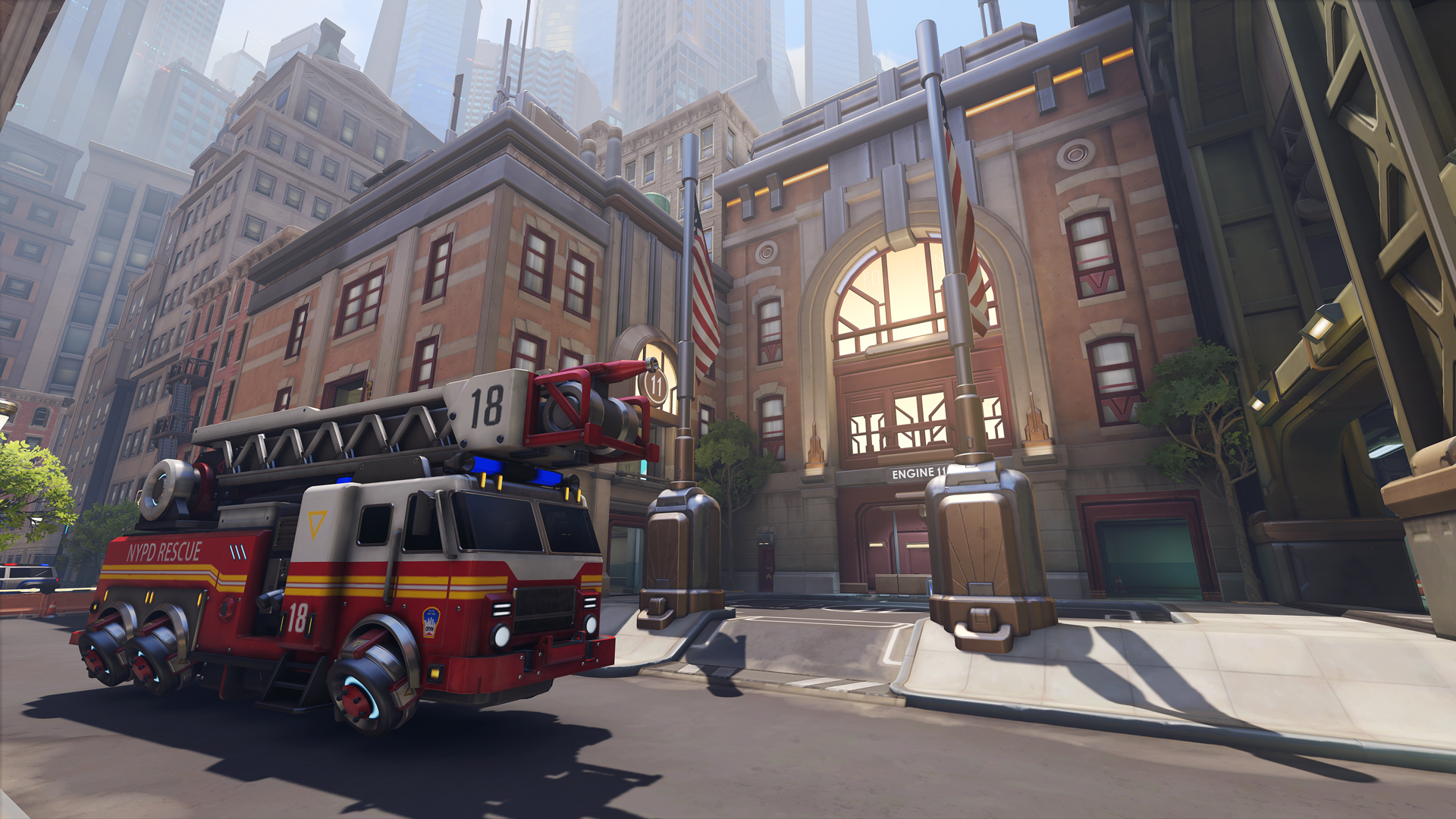
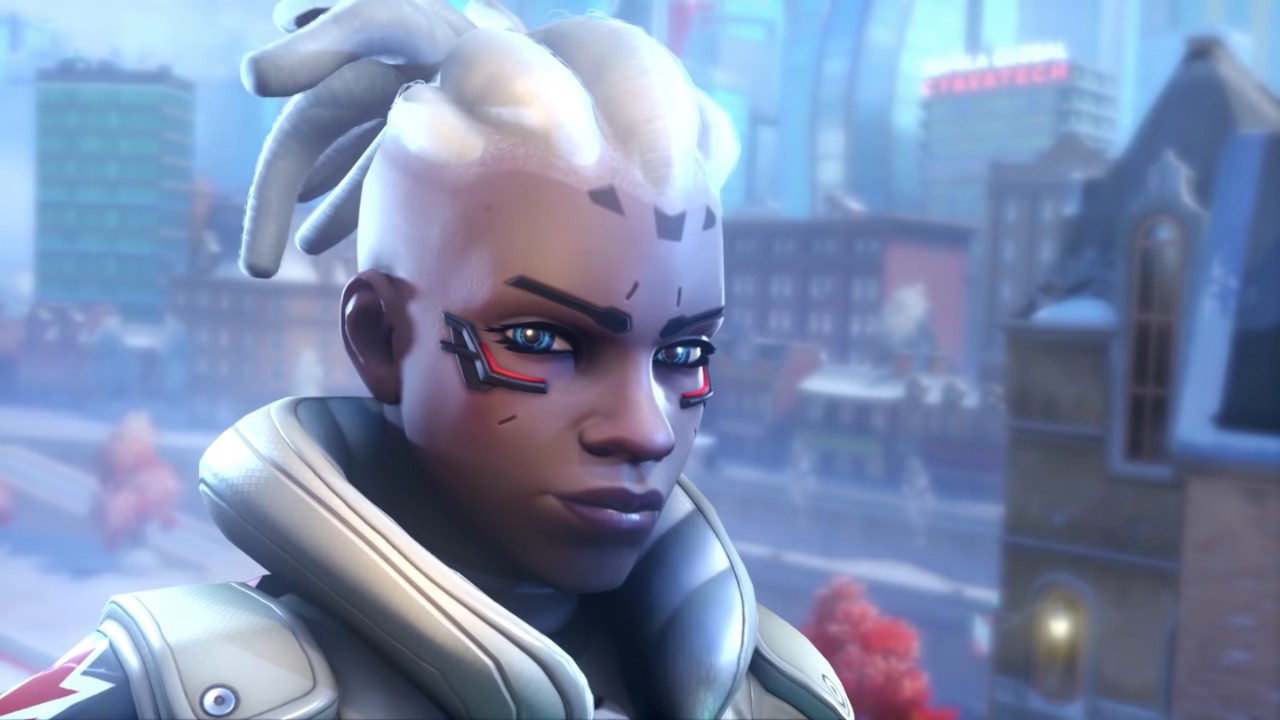
While Blizzard is yet to properly reveal Overwatch 2's first new hero, Sojourn, we do know a little more about her weapons of choice: "When we look back at Overwatch when it was originally created, there were a lot of heroes designed around weapon type," says lead hero designer Geoff Goodman. "We thought there was a weapon that was missing that would be a lot of fun to play with, and that is a Railgun. It's fun to have this really powerful shot that can rip through enemies if you're accurate with it, it's all about that aim skill."
To complement this, Reinhardt's abilities are being tweaked. In Overwatch, Reinhardt can utilise a Charge attack that triples his normal speed for 55 meters, stunning the first enemy that he strikes – the payoff for that increased mobility being a severely reduced manoeuvrability. In Overwatch 2, a proposed change being tested internally would let Charge be both cancelled while in motion and steered more aggressively, all so that you'll be able to "really go after key targets without feeling like you're going to sacrifice your positioning to get there".
It's a subtle but intriguing change, particularly when you consider that each of Overwatch's existing 32 heroes will receive similar tweaks to their move sets. It is expected that each hero will change beyond the way they are able to wield weapons, abilities, and their ultimates, too, thanks to the addition of new role passives – abilities that affect mobility and utility for the Tank, DPS, and Support classes that don't need to be activated.
"In our internal build, the tank heroes all have knockback reduction against them and they also generate less Ultimate charge for enemies that are shooting at them," says Geoff Goodman, lead hero designer. "Damage dealing heroes have a movement speed bonus, which is great for flanking around the map. Support heroes have automatic healing that kicks in after they haven't taken damage for a while, similar to Mercy's passive but at a little bit of a lower rate."
Refreshed for a new generation
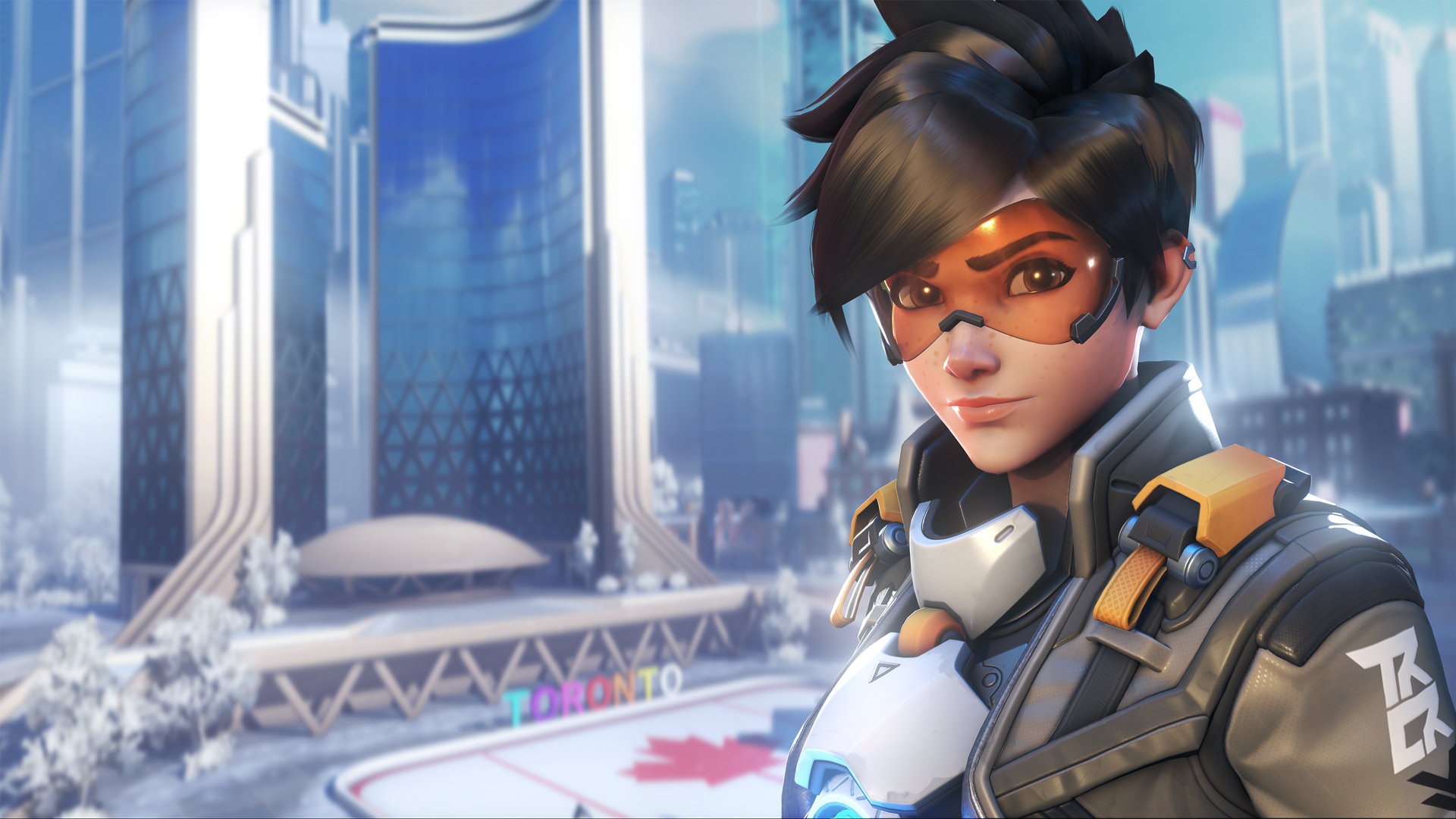
These proposed changes are the kinds of quality of life improvements that you'd typically expect to see in a sequel, complicated by the fact that they will also impact players who decide to stick with the original game. This is the trade-off inherent in keeping a community connected across sequels – the alternative is that the original Overwatch would be left to slowly decay as Blizzard shifts its focus into maintaining, updating, and improving Overwatch 2.
The belief here is that the community as a collective will accept and adapt to these types of changes because they have arrived in lockstep with Overwatch 2. Whereas their introduction as an independent patch – irrespective of a sequel – would potentially be received as unnecessarily disruptive, even if it is key to the game's growth and enduring relevance. As a result, the way Overwatch plays is changing, as is the technology that drives it, with Blizzard tinkering away with an updated engine and system specs to improve the way Overwatch looks, feels, and plays.
Following BlizzCon 2019, where attendees had the opportunity to get their hands on an early pre-alpha build of Overwatch 2, Blizzard put together a focused internal group to reassess combat feel. As associate game director Aaron Keller puts it, the Overwatch 2 team wanted to rethink "what happens when a player holds the trigger", and that meant "nothing was off the table": VFX, sound, animation, and the design of the characters themselves.
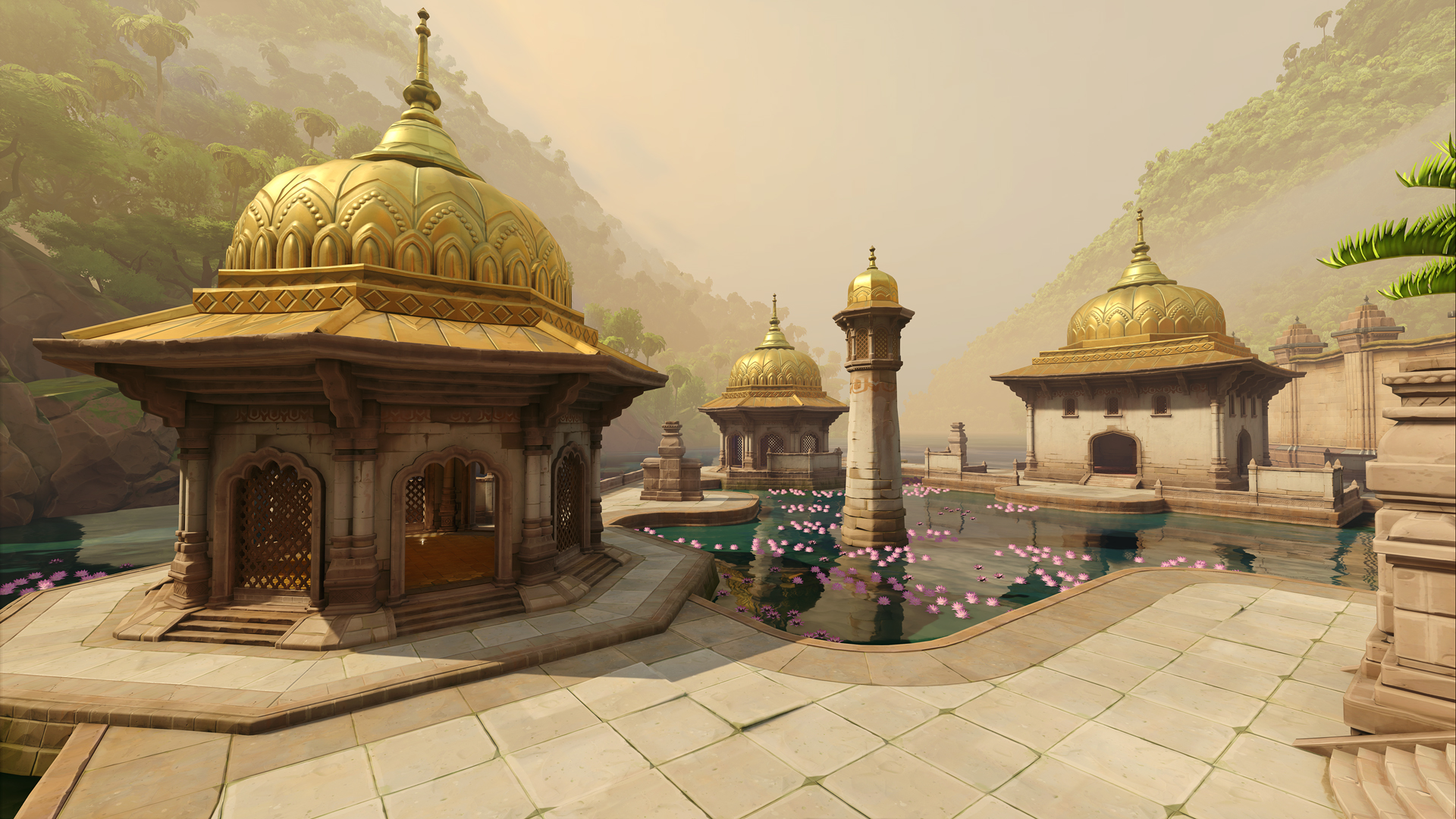
"The shooter genre has evolved a lot since Overwatch 1 came out. We wanted to push the visceral nature of how we do combat. We focused not just on the wonderful sound effects but also on how the gun moves as you shoot, so you can feel every single shot as it leaves the chamber. There's a lot of subtle tweaks we have to do on the gameplay engineering side to make that feel really visceral," says associate technical director Timothy Ford.
Blizzard points to Soldier 76 as a fantastic example of how small alterations to camera shake and weapon feedback have made it feel as if bullets are running through your entire body as you squeeze the trigger. "All of these things play into making them feel not just tight and responsive, but modern and up to date," Ford adds, speaking to a desire to create a richer fidelity in gameplay by going back to the drawing board on how each hero character looks and handles.
Subtle, immersive, integral – that's how the changes to Overwatch 2 are best described. Were it not for the steps Blizzard has taken to keep its community together – in a way that isn't unprecedented, but is certainly unusual – then we might see Overwatch 2 for what it really is: a true sequel that's pushing to fundamentally overhaul how its combat functions, creating the bedrock of an ecosystem that has a chance of living long into the future.
Wondering when you'll be able to get your hands on Overwatch 2? Sadly, Activision says Diablo 4 and Overwatch 2 aren't releasing in 2021, so you'll have to wait a little while longer.
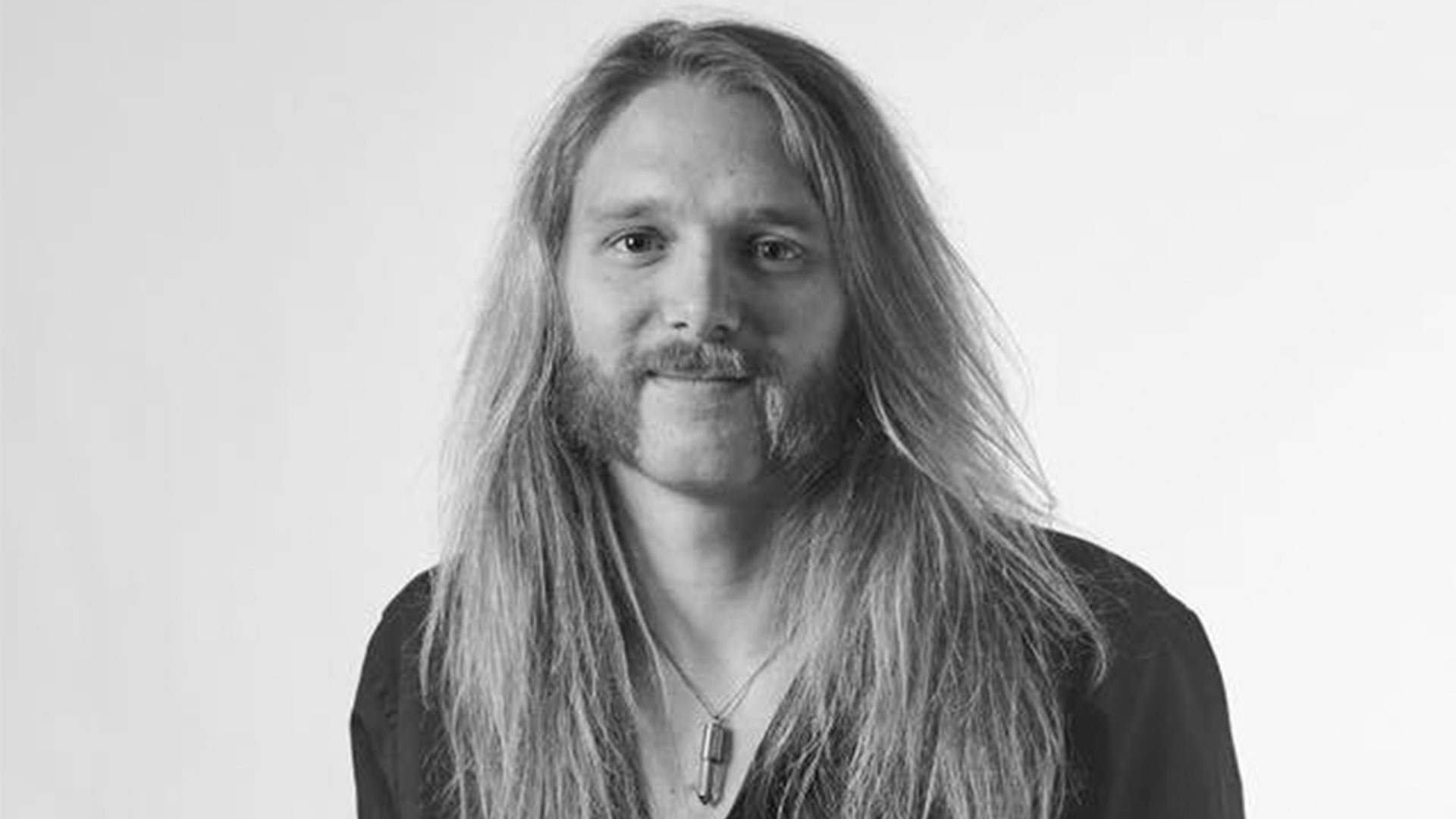
Josh West is the Editor-in-Chief of GamesRadar+. He has over 15 years experience in online and print journalism, and holds a BA (Hons) in Journalism and Feature Writing. Prior to starting his current position, Josh has served as GR+'s Features Editor and Deputy Editor of games™ magazine, and has freelanced for numerous publications including 3D Artist, Edge magazine, iCreate, Metal Hammer, Play, Retro Gamer, and SFX. Additionally, he has appeared on the BBC and ITV to provide expert comment, written for Scholastic books, edited a book for Hachette, and worked as the Assistant Producer of the Future Games Show. In his spare time, Josh likes to play bass guitar and video games. Years ago, he was in a few movies and TV shows that you've definitely seen but will never be able to spot him in.


